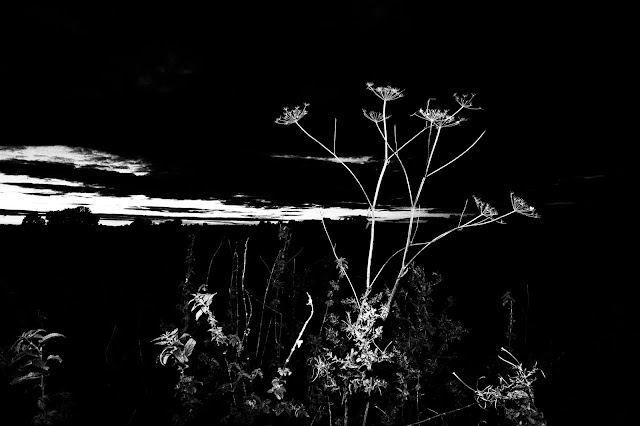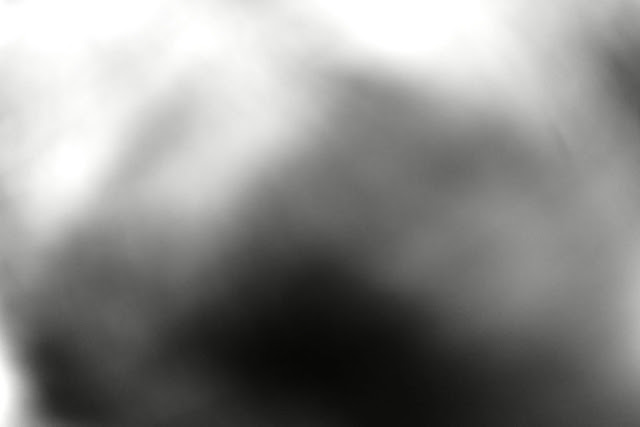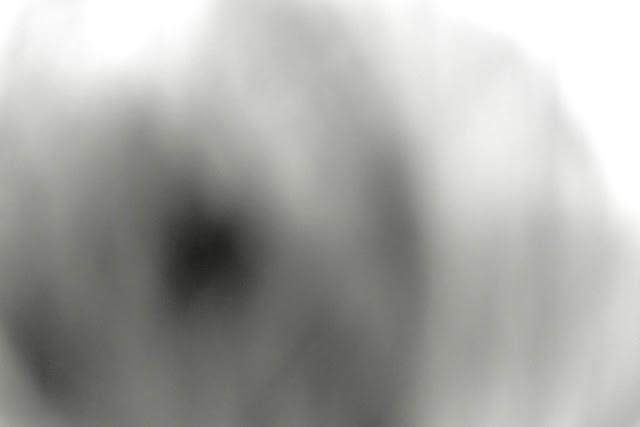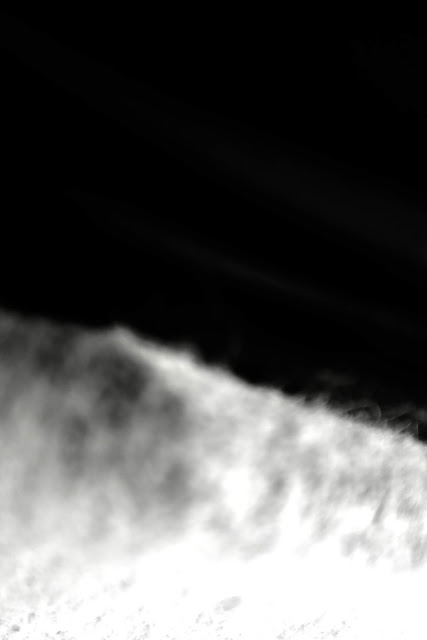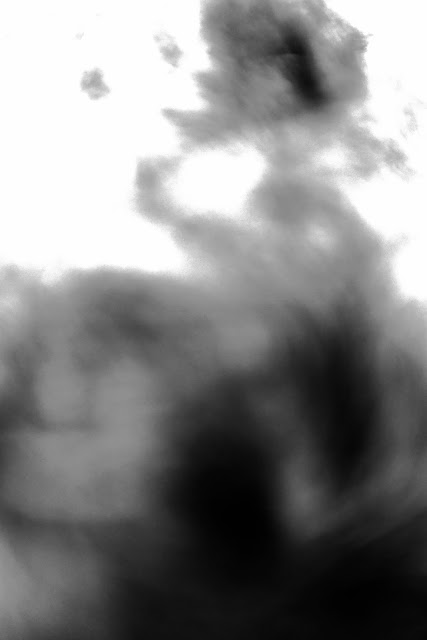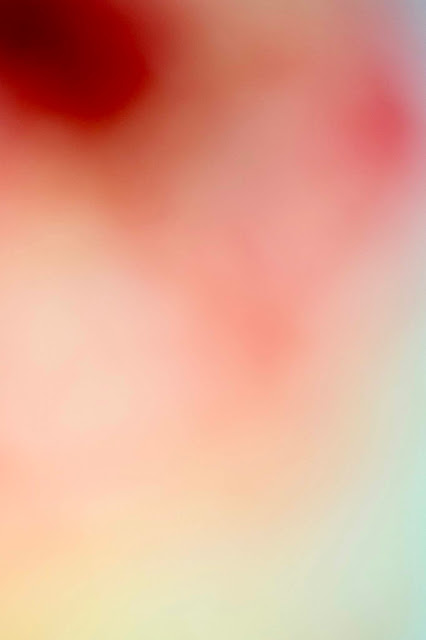about this series
As many visitors to my blog will know I am a member of a photographic group at the Midlands Art Centre in Birmingham. Our expert tutor is Kate Green. I've been part of the group for many years now and Kate's cheeky, insightful and challenging lessons have helped me find and hone my own style. I owe so much to her encouragement, affirmation and guidance.
This term I want to take you behind the scenes as Kate leads us through a series of lessons which focus on women in photography, a much ignored subject.
gender discrimination in photography is rife
Here's just one example taken from an excellent on-line article by Lucy Buchholz in last February's edition of 'March 8'...
'When searching for top professional photographers, research from Wallflower Studios found that search results for terms such as ‘Best photography Instagram accounts’ and ‘Best photographers’ features 216 photographers on the first page of results, only 61 of which were women in the US and just 46 for UK results. For the US, women were represented 28% of the time; in the UK, the results were even lower at 17%.'
Lucy Buchholz ©
this week's photographer
The scene is set as Kate starts her first lesson by introducing us to the work of Ruth Bernhard.
Ruth was an indomitable force. Born in 1905 in Berlin she moved to America in 1927 to join her father. She lived in the States to the ripe old age of a hundred and one. A woman of passion she had several lesbian affairs before eventually settling down in her sixties with a Price Rice, a black US Airforce Colonel ten years her junior.
Ruth left a body of work, almost exclusively in black and white, which is absolutely stunning. She is best known for two things.
The first was her nude photography, usually featuring the female form. This reached a pinnacle with the publication of 'The Eternal Body' - a book which now finds pride of place in my collection after my dear wife bought me a copy to celebrate my reaching State Retirement Age!
The second was Ruth's still-life work, which placed particular emphasis on curved forms and vulva-like imagery.
We looked at some of Ruth's photography then Kate set us a challenge to to take pictures based on the theme, 'Never get used to anything'.
Here's what I came up with...
what did I do?
I stared at a pair of boots on the floor. My boots. Dr. Marten's. I didn't look for anything in particular, instead I wanted to see. I let the images come to me.
In a little while light and shade, contrast, shapes and form began to emerge. At that point I got out my camera and chose the settings. A reasonable, but not unduly high ISO suitable for low light, a one stop down adjustment on the exposure compensation and a wide aperture to blur the background.
I kept checking each frame as I shot to see what worked, what didn't and what else I might need to see.
what did I learn?
The more I stared the more I saw.
The webbing on the side of each boot formed a bridge of light, the signature white stitching suggested something sealed within, the curves of the boot holes became handcuffs, the labels in each boot took on the form of skeletal teeth as two ghostly faces emerged from the gloom.
And then, the last shot. A warm erotic abstract which I think best reflected what the work of Ruth Bernhard was all about.
I learned to sit still and not rush, to blur my eyes not sharpen them so a fresh reality could emerge.
I learned to play not strive. And to my mind that is a very, very good thing indeed.





























